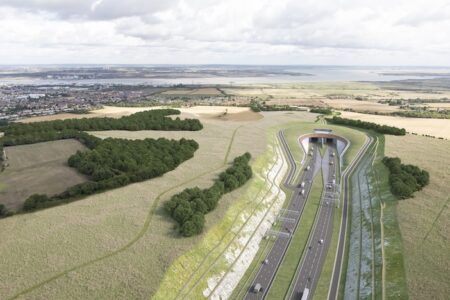The UK’s Transport Research Laboratory (TRL) has been appointed to oversee the delivery of the world’s largest plug-in electric vehicle (PEV) project, which will help the electricity industry better understand how vehicles charge at home in harmony with the electricity grid.
The CarConnect project is funded through the UK Government-backed Network Innovation Allowance, and is hosted by the distribution network operator, Western Power Distribution (WPD), and delivered by EA Technology, Drive Electric and Lucy Electric Gridkey. The project will find solutions that could avoid the need to replace electricity substations and cables to customers’ homes and workplaces, saving cost and disruption to customers. TRL will take on a project oversight role, on behalf of WPD, providing support and technical reassurance where needed.
In the last two years the UK has seen a 716% increase in PEV registrations, and by the early 2020s there could be as many as one million ultra-low emission vehicles on the country’s roads. It is known from other projects that clusters of PEVs will have an impact on local electricity networks, which needs to be managed. Analysis shows that by 2050 the electricity industry in the UK may have to invest an additional £2.2bn (US$3.2bn) to upgrade electricity supply infrastructure to customers’ premises, owing to the additional demand from PEVs.
The CarConnect project will run for 3.5 years and will:
Develop and deliver an electricity network modeling tool that will enable WPD to identify which parts of their network are susceptible to PEV loads, and to assess solutions to avoid network reinforcement works; Develop a method for monitoring the effect of PEVs on low-voltage networks that will inform the network modelling tool development; Recruit and manage a mass-market customer trial to prove the technical/economic viability of plug-in-vehicle/V2G (vehicle-to-grid) demand control to avoid or defer network reinforcement.
CarConnect will be working with up to 700 EV drivers in its trials to ensure that such systems are acceptable. The project will develop and investigate whether PEV demand control services, which can reduce, stop or even reverse charging at certain times of day, can be delivered in a way that meets drivers’ needs for charging, sharing charge constraints among a wide group of customers and using V2G systems to help balance supply and demand.
“DNOs need to start considering how plug in vehicles and charging infrastructure can be an active part of their network and be managed intelligently, in order to minimize potential adverse impacts on the network,” noted Denis Naberezhnykh, head of ultra-low emission vehicles at TRL. “This project will enable them to develop tools for doing so and validate their effectiveness in the real world.”
Roger Hey, WPD’s future networks manager, commented, “Distributing all the energy required for plug-in-vehicles would significantly alter how our network operates. CarConnect will provide us with the tools to model, monitor and act to minimize the impact of growing plug-in-vehicle electricity demand on customers’ bills. In our own homes an extra 3kW or 7kW is a significant but manageable electricity load, no more than a kettle or double-oven might use. It’s the time that a vehicle is charging that makes the difference; a full charge for a high-end plug-in-vehicle could take 8-10 hours, even with a 7kW charger.”




